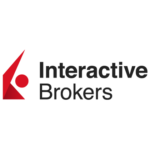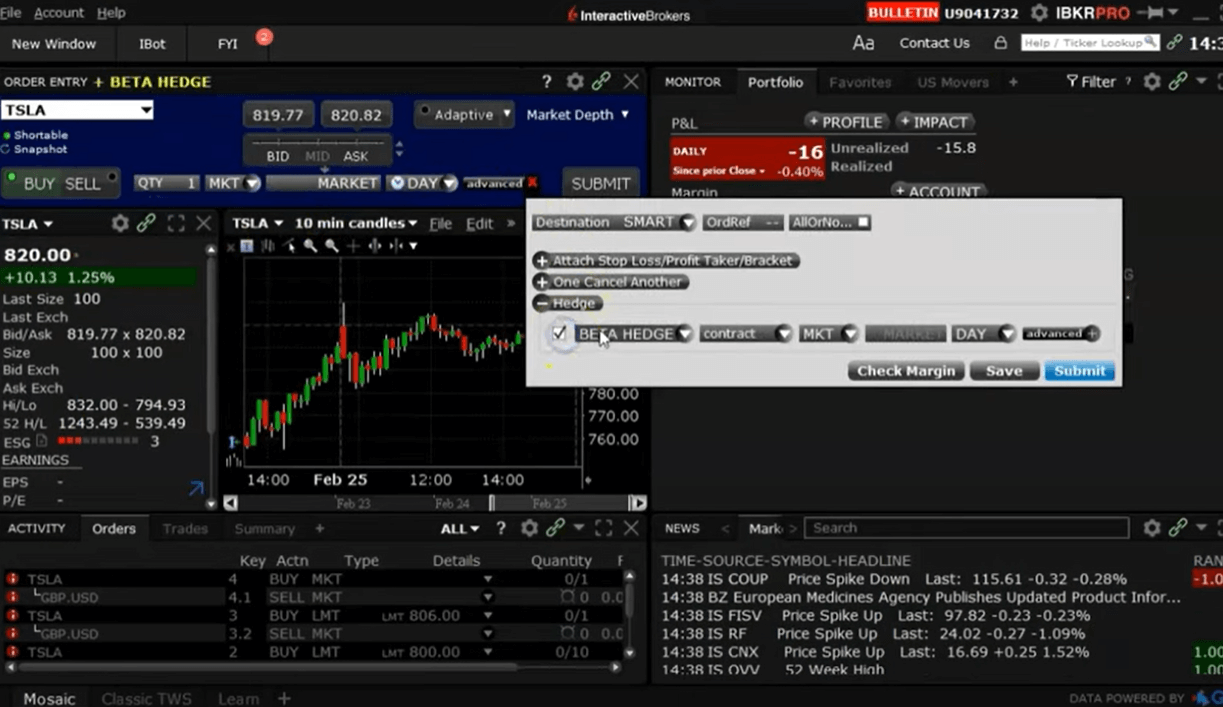-
 Checked By
Richard Berry
Checked By
Richard Berry
- Updated
Margin trading accounts allow traders to borrow money from a broker to trade stocks and other securities, amplifying both potential gains and losses.
| Name | Logo | GMG Rating | Customer Reviews | Stocks Available | Margin Trading Rates | CTA | Feature | Expand |
|---|---|---|---|---|---|---|---|---|
|
GMG Rating |
Customer Reviews 4.5
(Based on 1,330 reviews)
|
Stocks Available 17,913 |
Margin Trading Rates 5.33% – 6.33% |
Features:
|
Interactive Brokers stock trading makes them one of the best US stock brokers Account: Interactive Brokers Stock Trading Description: Amazing technology, and always first to market with innovative trading tools. Interactive Brokers lets you trade stock on 90+ international exchanges, with $0 commission and some of the lowest financing rates in the industry. Is Interactive Brokers a good stock broker? Yes, IBKR is an excellent US stock broker, low costs, excellent market access and superb apps and platforms. Pricing: Interactive Brokers is very cheap for trading stocks, especially in the IBKR Lite account, where commissions are $0 on US-listed stocks and fractional stocks. For more advanced traders, IBKR Pro commissions are USD 0.0005 to USD 0.0035 per share, but you get significant price improvements from IB SmartRouting. If you are trading stocks on margin, Interactive Brokers have some of the lowest margin loan financing rates in the industry from USD 4.83% to USD 5.83%. You can also actually get IBKR to pay you by letting them borrow your fully paid up stocks and letting them lend them out to short sellers, through their stock yield enhancement program. Market Access: IBKR probably has the best market access of all the stock brokers we compare. You can trade a huge range of international stocks and IBKR has local access to over 90 stock exchanges. There are very few stocks you cannot trade on IBKR. Apps & Platforms: Interactive Brokers’ stock trading apps and platforms are seriously good. When I traded on the desktop workstation platform, I was able to pair trade two stocks against each other. IBKR is one of the few platforms that allows you to do this. Probably because when I interviewed IBKR founder Thomas Peterffy before testing the platforms, he told me that he thinks the most successful stock traders are ones that trade one company against another. Customer Service: Because Interactive Brokers is one of the largest stock brokers in the world, customer service is largely automated and they were even using automated chatbots before the AI revolution took over. This is a good example of how they are at the forefront of stock trading technology. However, it can be a bit of a pain trying to get through to someone on the phone if you are not a large customer with a personal stock broker. Research & Analysis: You get lots of research and analysis from Interactive Brokers, including the IBKR Campus, for beginners to improve their stock trading. For longer-term investors, there is fundamental data on 30,000 companies and over 5,000 analyst ratings to give you an indication of whether a stock is a buy or a sell.
Pros
Cons
Overall4.8 |
❓ Methodology: Here’s how we selected the US’s margin trading platforms:
- Hands-on analysis: Our review team tests each margin trading broker using real money for a genuine trading experience
- Stand-out features: We compare what sets each margin trading platform apart to highlight their unique strengths
- Customer feedback: Over 30,000 votes from the Good Money Guide annual awards help shape our ratings
- Exclusive interviews: We speak directly with margin trading broker CEOs and senior management to get their insights
Our process: Find out more about how we choose and rank providers on our How We Rate page
Which stock brokers offer the best margin trading rates?
Interactive Brokers currently offers the lowest margin rates, ranging from 5.33% to 6.33%, making it a cost-effective choice for margin traders. Robinhood charges a flat 8% margin rate, while Charles Schwab and Fidelity have higher variable rates, ranging from 8.575% to 13.075% and 8.5% to 12.075%, respectively.
eToro does not offer margin trading on stocks in the US.
Margin trading in the United States allows investors to purchase securities by borrowing funds from a brokerage, using their existing investments as collateral. This practice amplifies both potential gains and losses, making it a double-edged sword in investment strategies.
To engage in margin trading, an investor must open a margin account with a brokerage firm. The Federal Reserve’s Regulation T mandates that investors can borrow up to 50% of the purchase price of securities, meaning they must initially fund at least 50% with their own capital. For example, to buy $10,000 worth of stock, an investor could use $5,000 of personal funds and borrow the remaining $5,000 on margin.
US traders can also go short using margin trading. Short selling involves borrowing shares from a broker and selling them on the open market, with the intention of buying them back at a lower price to return to the lender. Since short selling requires borrowing, it must be done in a margin account.
Margin Trading FAQ
Regulated by the SEC and FINRA, these accounts require traders to maintain a minimum balance, typically set at $2,000, and adhere to Regulation T, which limits margin borrowing to 50% of the purchase price of securities.
Maintenance margin requirements enforced by brokers typically range from 25% to 35% of the total account value. Margin trading is ideal for experienced investors looking to leverage their capital for short-term gains.

